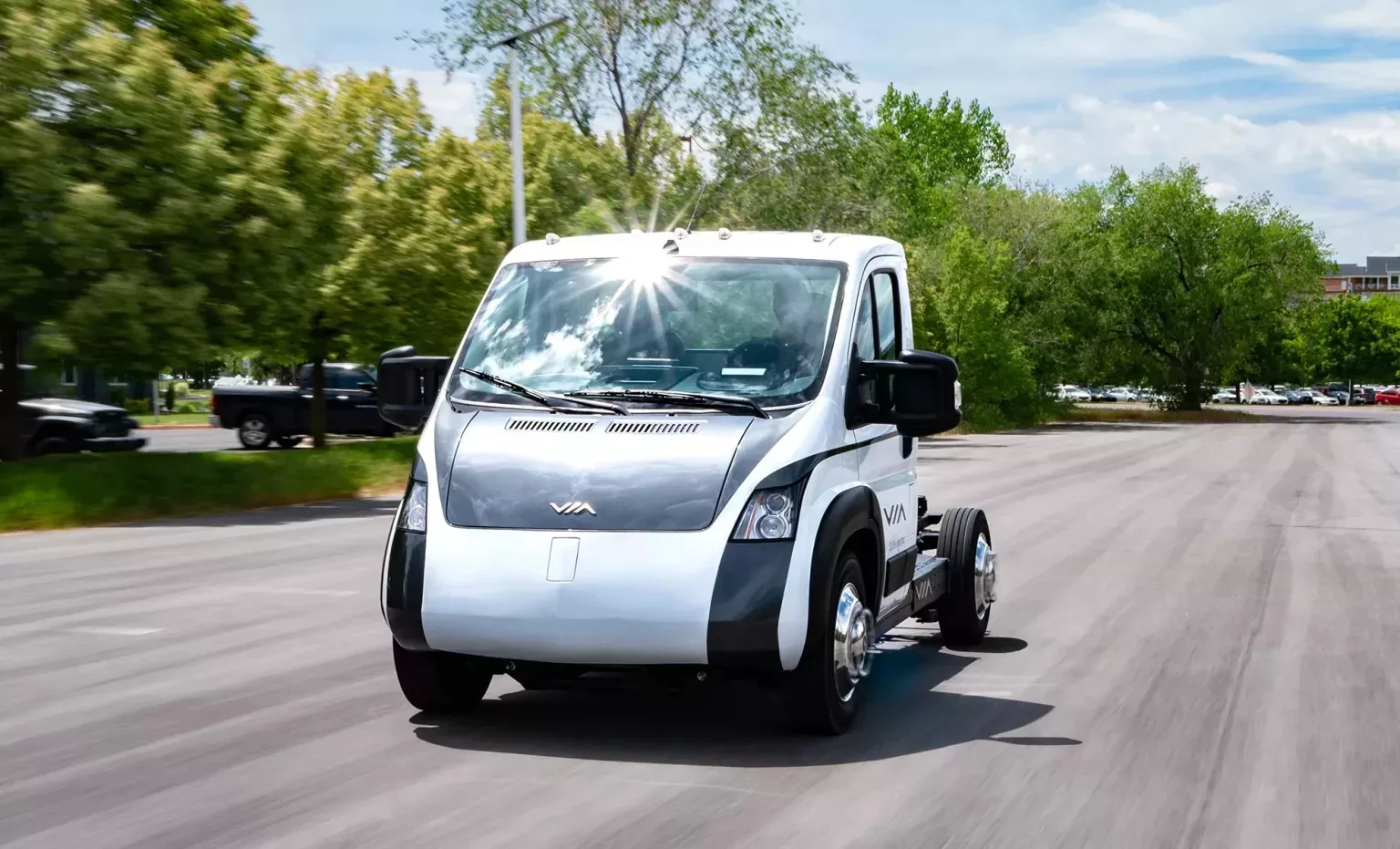We gave featured business leaders of issue 15 the final word in answering “What trends do you forecast impacting your industry in 2023?”
Natalie Fitzpatrick, Architecture Chief Engineer and Program Manager, VIA Motors
“We’re constantly challenging and looking at the future of adaptive or automated driving systems. In the electrification space, it’s all about dollars per kWh, and where the chemistry’s going that makes up the battery; improving energy density, more range, more power, and fewer costs.
Depending on your customer profile, total ownership cost (TOC) is fundamental to the value proposition of VIA. As cell chemistries and cell technologies all improve over time, we capitalize on that. The ability to take advantage of future industry trends allows our vehicles to continually refresh – it’s how we build the architecture.
Through the acquisition of VIA Motors by Ideanomics, we will benefit from partners like Wave, industry leaders in wireless charging, which is another major trend in the industry.”
Sean Davis, Chief Operating Officer, S&N Communications
“2023 is sure to follow with further 5G expansion, growth of Internet-Of-Things and additional Smart Cities to come online. All three of those opportunities will lead to an increase in information transfer. As the number of users of information increases and dependency on real-time data transmission is realized, there will inevitably be an increase in landline fiber bandwidth. We should expect to see additional power cooperatives follow suit and provide their customers with high-speed internet.With the additional projects we can foresee, as an industry we can expect further material, workforce, and equipment shortages. But in the end, the projects will continue, and we will be further connected to each other as a result.”
_______
Jennifer DiPasquale, President and Co-Founder, Women in Retail Leadership Circle
“The future of retail in 2023 will be defined by the following:
• Inflation and its impact on consumer spending.
• Concerns of a recession and the impact that will have on consumer spending.
• Redistribution of shopper traffic and spending (e-commerce growth slows as more shoppers go in-store), and what this means for labor and inventory distribution.
• Continued labor shortages, particularly for hourly workers within stores and distribution centers.
• More challenges of competing on price as costs (materials, logistics, labor, etc.) increase for retailers.
• Rising adoption of BOPIS and curbside pickup, and the internal technology systems and processes needed to enable this (e.g., OMS, IMS).”

































